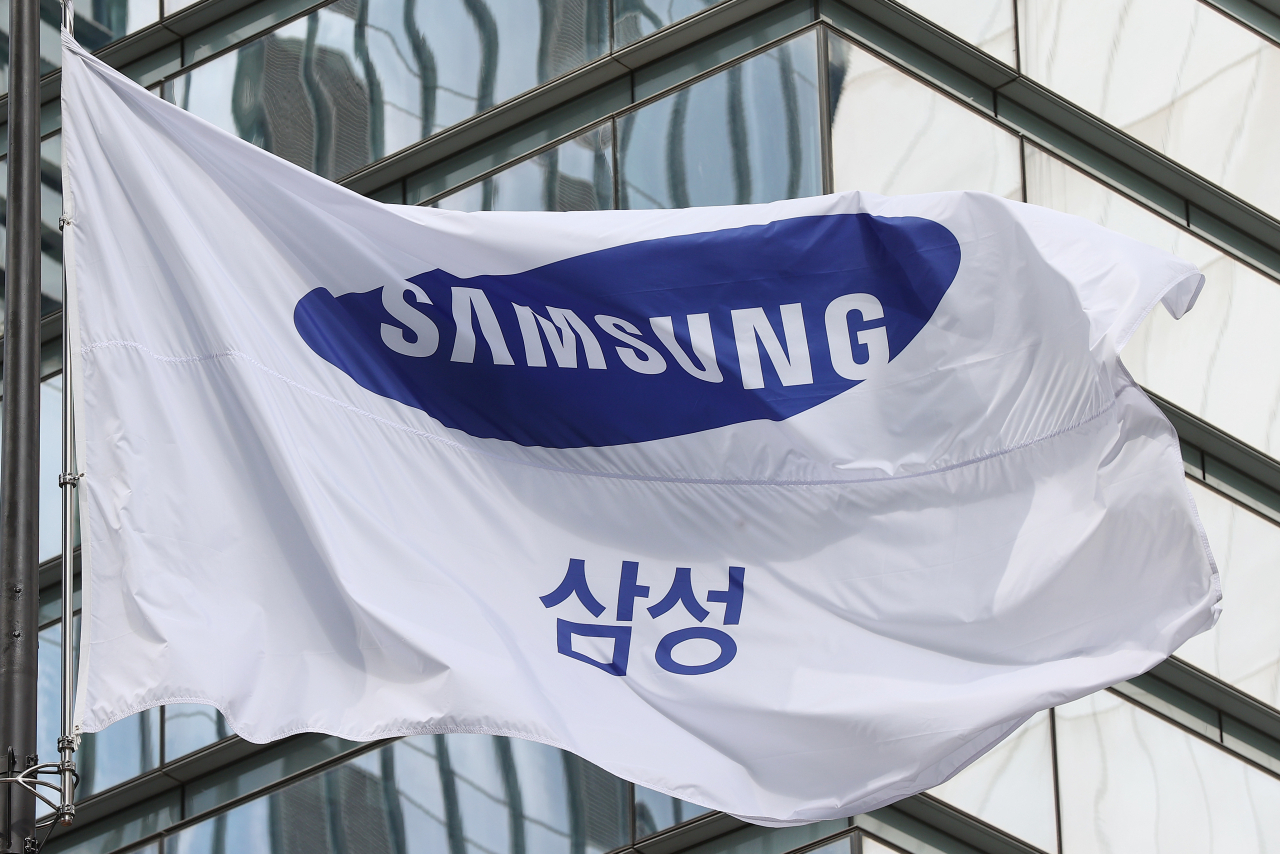
Samsung Electronics Co. on Thursday posted a sharp drop in profits for the third quarter, as its main semiconductor business faced major headwinds from weakening memory chip prices and demand.
The world's largest memory chip and mobile phone maker said in a regulatory filing its third-quarter net profit declined 23.6 percent from a year earlier to 9.38 trillion won ($6.6 billion).
Its operating profit for the July-September period fell 31.4 percent on-year to 10.85 trillion won.
Revenue increased 3.8 percent to 76.78 trillion won, a record for a third-quarter.
The semiconductor division, the heart of Samsung's businesses that accounted for nearly 70 percent of its total profit in the previous quarter, slumped nearly 50 percent on-year to 5.12 trillion won, as weakened consumer spending power led to a cut in demand for chips from electronics makers, as well as cloud computing and server companies.
"Customers' inventory adjustments exceeded market expectations and demand for consumer products continued to weaken," Samsung said.
But its foundry, or contract chip manufacturing, business posted record quarterly sales and operating profit on "improving yields in advanced nodes," the company said in a statement, without providing exact numbers.
Samsung said its mobile business posted an operating profit of 3.24 trillion won, up from 2.62 trillion won on-quarter, but slightly down from last year's 3.36 trillion won, driven by sales of flagship products, including foldables, as well as new wearables.
Samsung's display panel business logged solid performance on growing demand following the release of new flagship smartphones, including foldable phones, but its large panel business posted losses on slowing TV and PC monitor sales.
While the tech giant said geopolitical uncertainties are likely to dampen demand to some degree in the first half, it expressed cautious optimism that chip demand could recover starting late next year, "driven by resumed installations of data centers and the adoption of DDR5 for new CPUs."
DDR5 is the next-generation standard for DRAM. (Yonhap)



















![[Today’s K-pop] Treasure to publish magazine for debut anniversary](http://res.heraldm.com/phpwas/restmb_idxmake.php?idx=642&simg=/content/image/2024/07/26/20240726050551_0.jpg&u=)